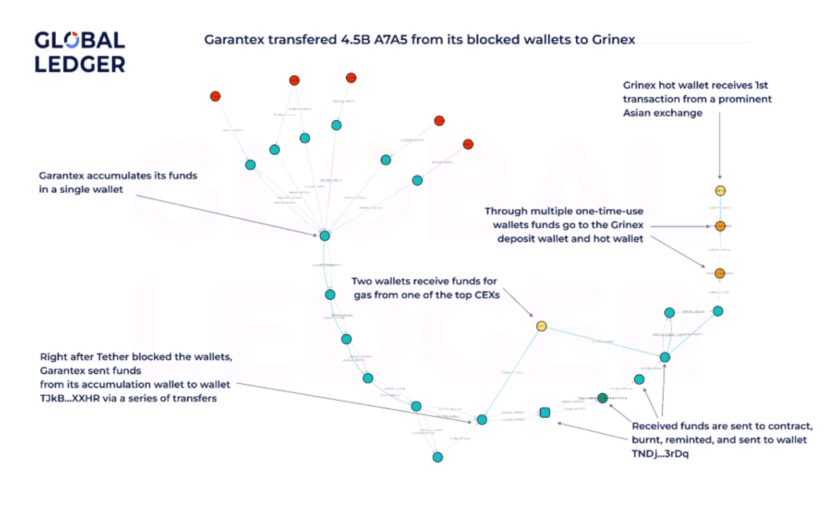Following the money laundering red flag indicator guidelines set out by the FATF is a good place to start.
Red flag indicators related to transactions can involve payments that are made in small amounts, or in repeated quantities that fall under a reporting threshold. Alarm bells can also be raised if funds are sent to a newly created or previously inactive account.
Transaction patterns can also rouse suspicion — especially if the deposits made are inconsistent with a customer’s profile.
Other indicators can concern senders and recipients, irregularities when it comes to the source of funds or wealth, and suspicious circumstances related to geography — such as if a customer’s funds originate from, or are sent to, an exchange “that is not registered in the jurisdiction where either the customer or the exchange is located.”
These guidelines are detailed and comprehensive — and come complete with case studies that powerfully illustrate the types of scenarios that financial institutions should be looking for.




